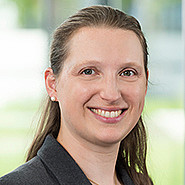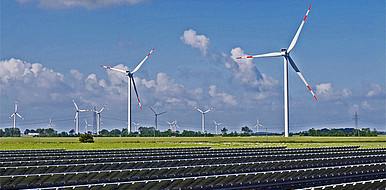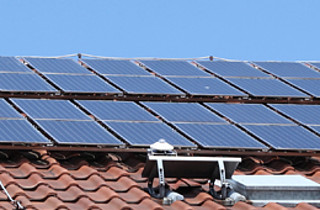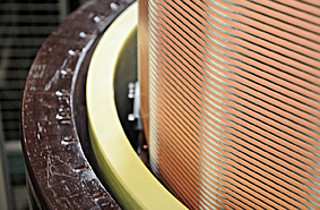Transformers for the energy transition
A compact, low-cost design for solid-state transformers has proved to be particularly adaptable in switching to renewable energies. The increasing share of renewable energies has been leading to more and more decentralised power supply, posing new challenges to the energy supply network. Electricity generated by renewable energy sources is fed into the grid, where it has to be converted several times regarding voltage and energy flow en route to the end consumer.
State of the art
Here, the use of solid-state transformers (SSTs for short) offers both a safe delimitation of the connected grids through galvanic separation and a decoupling of frequencies from the input and output side. Unlike conventional transformers, SSTs show greater flexibility, which makes them beneficial in the context of the energy transition. One possible variant of SSTs is based on modular multilevel converters (MMCs) which consist of a number of arms with at least two series-connected energy storage cells and marked inductivity.
Technology
Scientists at KIT Institute of Electrical Engineering (ETI) have been developing new circuitry for such MMCs in order to ensure more stable power supply. The novel concept enables potential isolation with simple, flexible and scalable magnetic coupling of two or several MMCs. This allows energy of different voltage levels to be transferred between the converter and the power grid. Here, the arrangement also takes advantage of already existing inductivity, thus saving on magnetic material. This feature makes the circuitry developed at KIT the most compact and low-cost version of an SST based on MMCs.
Advantages
Additionally, the circuitry concept provides a high level of voltage quality, which plays a major role in integrating converter-based renewable energy sources such as wind or solar energy. By compensating or providing reactive power, SSTs can make an important contribution to ensuring voltage quality in intelligent, local distribution grids – so-called smart grids.
Options for companies
KIT is looking for industrial partners to develop a prototype.
Your contact person for this offer

Innovation Manager Energy Karlsruhe Institute of Technology (KIT)
Innovation and Relations Management (IRM) Phone: +49 721 608-25335
Email: pelisson-schecker@kit.edu




